Multi-layered barriers in the green journey
At Bao Minh Industrial Park ( Ninh Binh province), where many textile and garment enterprises are concentrated, green transformation efforts have been initiated early. Mr. Hoang Manh Cuong, Deputy General Director of Bao Minh Industrial Park Infrastructure Investment Joint Stock Company, said that sustainable development can only be achieved when all parties act together. However, the greening problem still contains many big challenges.
Mr. Cuong commented that, first of all, businesses are facing financial and technological barriers. In the textile industry, dyeing is the most energy-consuming and polluting step, although many businesses have made significant improvements. Previously, dyeing 1 meter of fabric required about 125-130 liters of water, now it only takes 80-85 liters. However, to achieve completely "waterless" technology, businesses must reinvest in the entire production line at an extremely high cost. Converting energy from coal boilers to biomass or solar power is just the beginning. The application of renewable energy, especially in the Northern region - where the number of hours of sunshine is low, has not yet brought high efficiency.
Another issue is the mechanism and criteria for developing green industrial parks. According to Mr. Cuong, to make the transition, businesses need a clear policy framework and strong enough financial incentives. “ We are aiming to form ecological industrial parks where businesses must commit to using energy efficiently, recirculating water and ensuring a green, clean working environment. But to make it a reality, we need real support from the State, especially in unlocking financial resources ,” he emphasized.
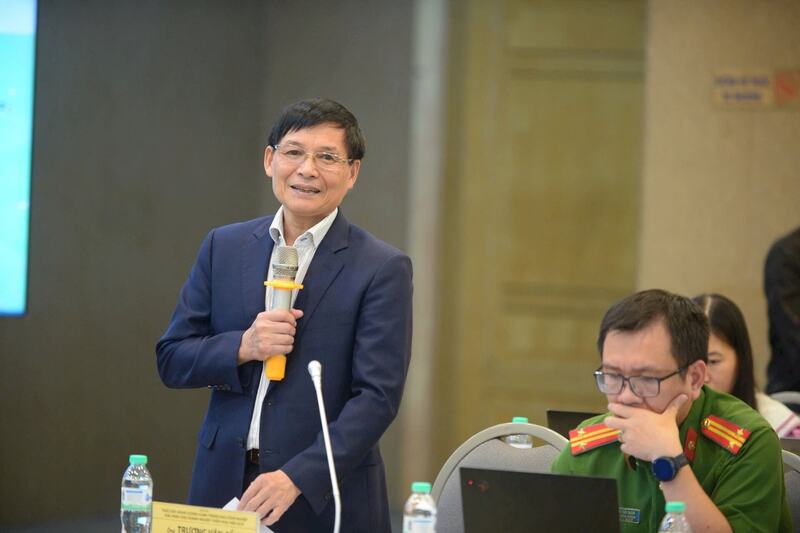
Mr. Truong Van Cam, Vice President and General Secretary of the Vietnam Textile and Apparel Association. Photo: DDDN
Not only Bao Minh, but also across the industry, textile and garment enterprises are under great pressure from the requirement of "dual transformation", both digitizing processes and greening production. Sharing at the Forum "Dual Transformation - Driving force for economic growth: Perspectives from policy to practice" recently organized by the Vietnam Federation of Commerce and Industry (VCCI), Mr. Truong Van Cam, Vice President and General Secretary of the Vietnam Textile and Apparel Association, said that if enterprises do not digitally transform and green, they will be eliminated from the global supply chain. Currently, the industry has an export turnover of 45-46 billion USD/year, but more than 90% of it is directed to the US, EU, and Japan, which are markets that are tightening green standards and traceability.
Mr. Cam said that the industry is facing four major difficulties: Lack of a unified set of standards on green transformation; uneven awareness among businesses; limitations in technical human resources and green energy; and obstacles in administrative procedures from investment licensing to environmental impact assessment and fire prevention. “ Small and medium-sized enterprises are most affected due to lack of capital, lack of people, and lack of tools to approach transformation ,” he said.
In fact, some pioneering enterprises such as TNG, May 10, Viet Tien have applied digital management and emission measurement, but most other enterprises are still at the level of "green awareness", not qualified to implement. That is the reason why despite great determination, the greening journey of the industry is still facing many difficulties.
Greening must go hand in hand with support
Positive signals come from pioneering models such as the LTP Textile Factory, which has just inaugurated a solar power project. This system meets about 36% of the factory's electricity needs, helping to reduce nearly 500 tons of CO₂ per year.
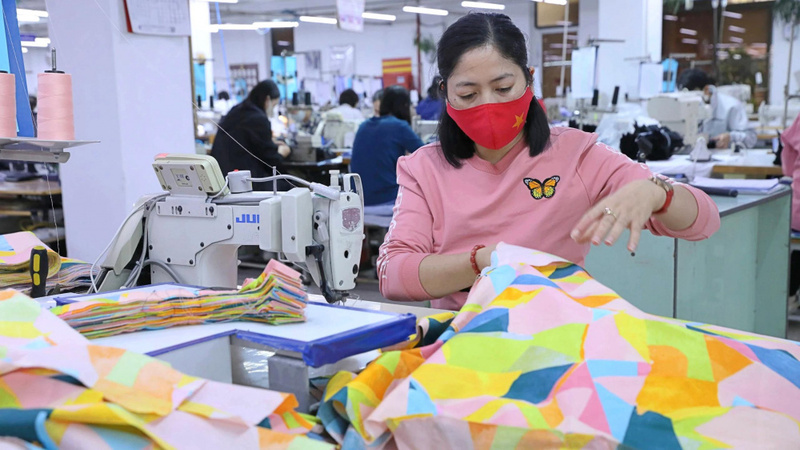
Finance and technology are two major challenges for textile and garment enterprises in the greening journey. Illustrative photo
However, as shared by many domestic textile and garment enterprises, the biggest bottleneck today is green finance. Investing in renewable energy, wastewater treatment or circular production requires large costs, while access to green credit packages is very limited. In addition, having to meet many different ESG (social, environmental, corporate governance) criteria of international customers makes businesses costly and confusing, because Vietnam does not have a unified national ESG standard set.
Besides capital, the “dual” human resource with both digital skills and green thinking is also a bottleneck. The speed of transformation is faster than the training capacity, causing businesses to lack technology engineers, clean energy experts and ESG management personnel.
The solution that experts agree on is a synchronous support mechanism. The State needs to soon complete a set of national standards on green transformation and ESG, simplify administrative procedures. At the same time, develop a green credit mechanism, support businesses to invest in energy-saving technology and production circulation. At the same time, institutes and schools must expand training in energy engineers, clean textile technology, and emission management, while large enterprises should play a leading role, sharing data and experience with small enterprises.
Looking at the speed of legalization of green regulations and standards of Vietnam's major textile and garment import markets, it can be seen that the greening journey of enterprises cannot be slowed down. However, to achieve this goal and maintain market share in the world textile and garment market, it requires more proactive efforts from the business community, along with the guiding and supporting role of policy mechanisms.
Vietnam’s textile and garment industry is under pressure to green up quickly and drastically, before regulations and standards on green production and circular economy in major import markets come into effect. This is necessary to maintain market share and remain in the global supply chain.
Source: https://congthuong.vn/xanh-hoa-nganh-det-may-thach-thuc-nao-dang-niu-chan-doanh-nghiep-429848.html


![[Photo] Prime Minister Pham Minh Chinh attends the Patriotic Emulation Congress of the Ministry of Foreign Affairs for the 2025-2030 period](https://vphoto.vietnam.vn/thumb/1200x675/vietnam/resource/IMAGE/2025/11/10/1762762603245_dsc-1428-jpg.webp)



![[Photo] Prime Minister Pham Minh Chinh attends the annual Vietnam Business Forum](https://vphoto.vietnam.vn/thumb/1200x675/vietnam/resource/IMAGE/2025/11/10/1762780307172_dsc-1710-jpg.webp)


















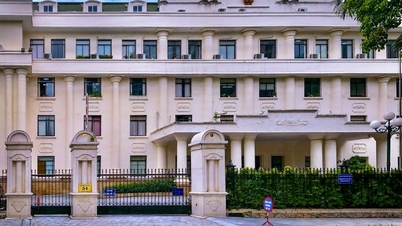


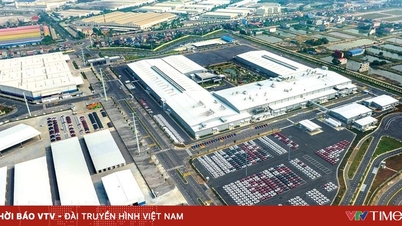
















































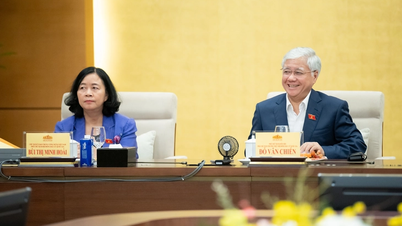





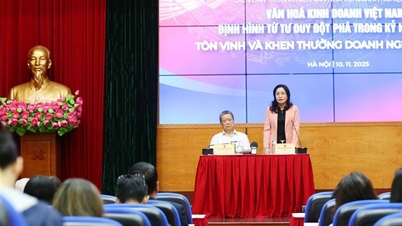



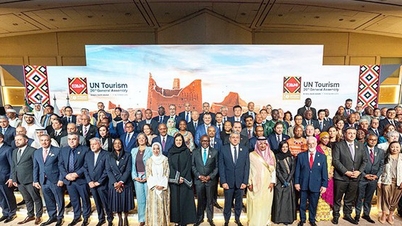

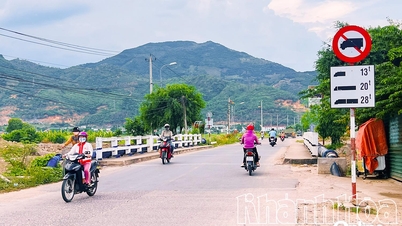




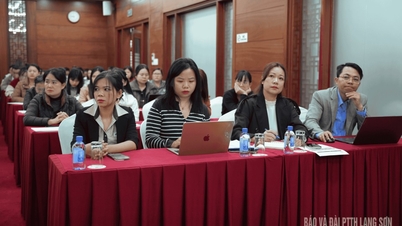

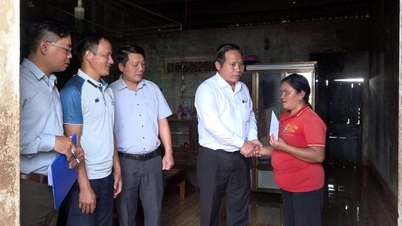

![Dong Nai OCOP transition: [Article 3] Linking tourism with OCOP product consumption](https://vphoto.vietnam.vn/thumb/402x226/vietnam/resource/IMAGE/2025/11/10/1762739199309_1324-2740-7_n-162543_981.jpeg)










Comment (0)